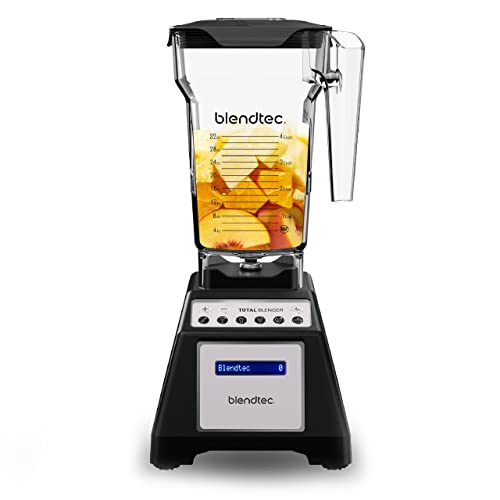
Introduction:
Making cranberry juice in a blender at home is a quick and convenient way to enjoy the many health benefits of this tart and refreshing beverage. This comprehensive guide explores each step, from selecting the right cranberries to creative variations, ensuring a delicious homemade cranberry juice. By understanding the correct methods, safety precautions, and enhancements, you can create a high-quality juice efficiently.
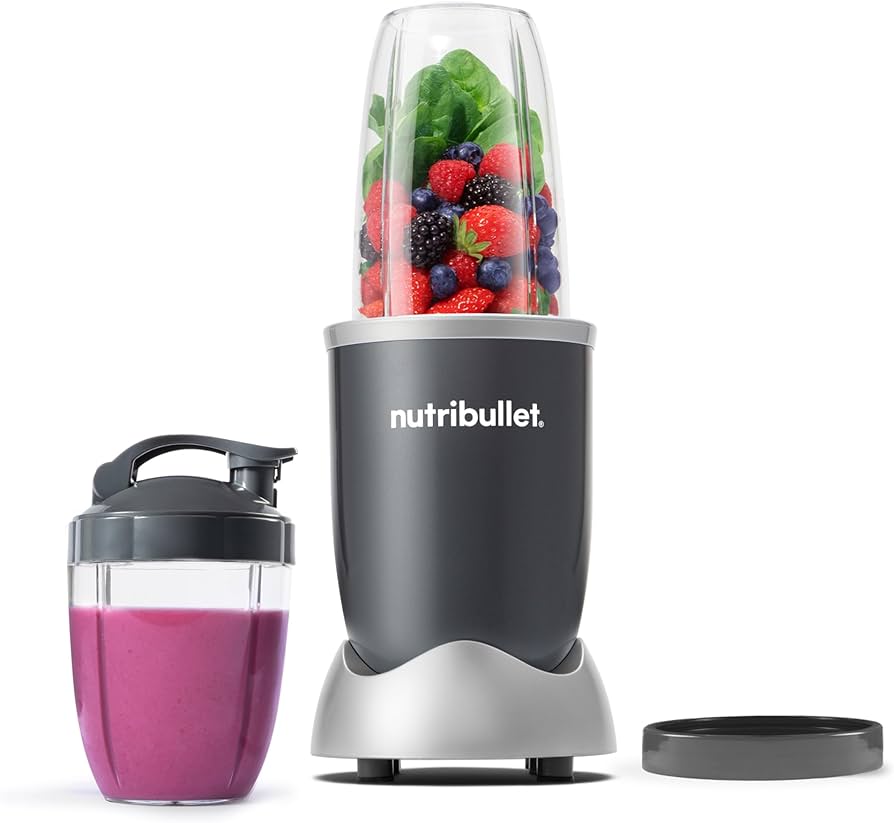
How to Make Cranberry Juice in a Blender?
Selecting the Best Cranberries
Choosing high-quality cranberries is essential for making delicious and nutritious juice. Here’s how to select the best cranberries for your juice.
Fresh Cranberries: Fresh cranberries are great for juicing and usually available during the fall and winter months. Look for firm, plump, and bright red berries. Avoid cranberries that are soft, wrinkled, or have dark spots.
Frozen Cranberries: Frozen cranberries are a convenient option available year-round and retain most of their nutrients. Choose brands without added sugars or preservatives, and ensure the berries are whole and not stuck together in clumps.
Organic Cranberries: Opting for organic cranberries reduces your exposure to pesticides and other chemicals. Organic cranberries can be found fresh or frozen at health food stores or online.
Checking Harvest Date: If buying fresh cranberries, check for the harvest date. Freshly harvested cranberries will have optimal flavor and nutritional content.
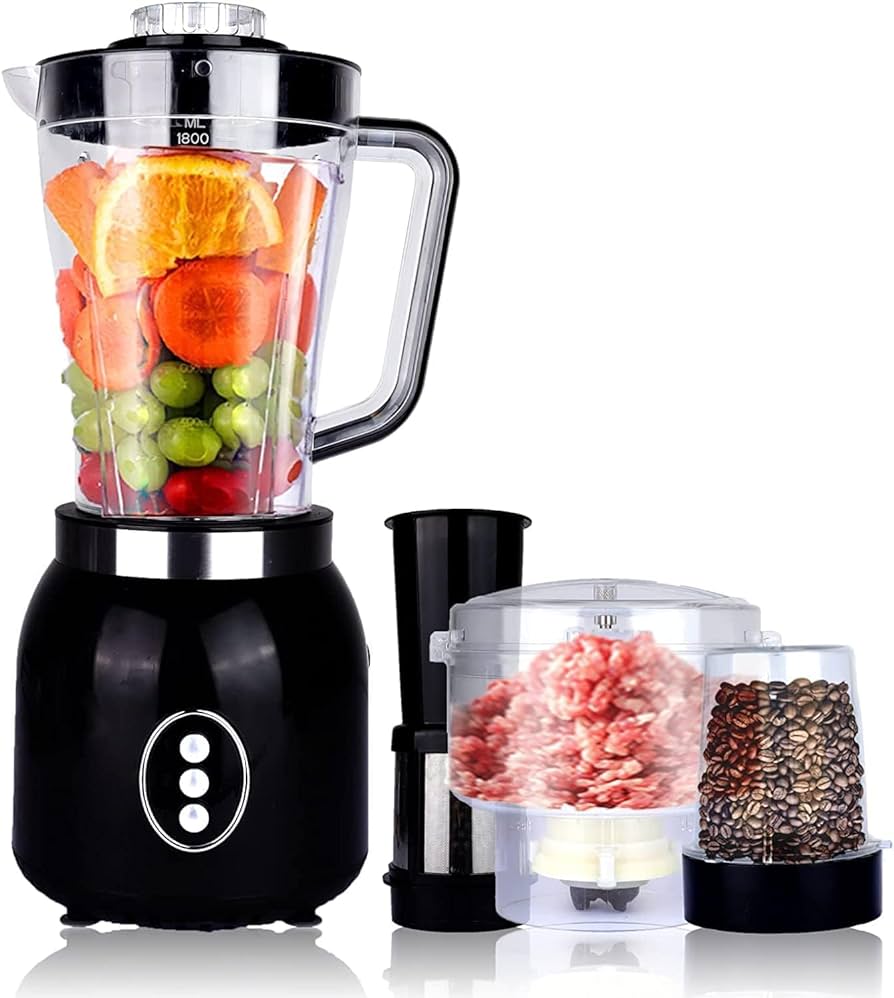
Preparing Cranberries for Blending
Proper preparation of cranberries ensures an efficient blending process and enhances the juice’s flavor and texture. Follow these steps for preparation.
Rinse Thoroughly: Rinse the cranberries under cold running water to remove any dirt or debris. Use a colander to make rinsing easier. This step is especially important for fresh berries.
Inspect and Sort: Inspect the cranberries and remove any that are bruised, darkened, or damaged. Sorting ensures only high-quality berries go into your juice.
Thaw Frozen Cranberries: If using frozen cranberries, thaw them before blending. Place them in a bowl at room temperature for about 30 minutes, or use the microwave’s defrost setting for a quicker option.
Measure the Cranberries: Measure the desired amount of cranberries for your juice. Typically, 2 to 3 cups of cranberries yield enough juice for multiple servings.
Basic Blending Method for Cranberry Juice
A step-by-step guide to the basic blending method ensures you make cranberry juice effectively and efficiently. Here’s how to create the perfect juice.
Blender Preparation: Ensure your blender is clean and ready to use. A high-speed blender works best for breaking down the cranberries and extracting juice. Make sure the blades and pitcher are intact and properly assembled.
Adding Cranberries: Place the prepared cranberries into the blender. For a standard serving, use about 2 cups of cranberries. Adjust the amount based on your needs and blender capacity.
Adding Water: Add water to the blender. The amount of water depends on the desired consistency and taste. Generally, 2 to 3 cups of water per 2 cups of cranberries provide a balanced juice. More water yields a lighter juice, while less water results in a more concentrated flavor.
Blending Process: Blend the cranberries and water at high speed until you achieve a smooth consistency. This process usually takes about 1 to 2 minutes, depending on your blender’s power. Pause to scrape down the sides if necessary to ensure all berries are blended.
Straining the Juice: Use a fine mesh strainer or cheesecloth to strain the blended mixture into a large bowl or pitcher. This step removes the pulp and seeds, resulting in a smooth juice. For a pulp-free juice, you may need to strain multiple times.
Final Adjustments: Taste the juice and adjust if needed. Add more water if it’s too strong, or a sweetener like honey, agave, or sugar if it’s too tart. Stir well to combine and ensure the juice is homogeneous.
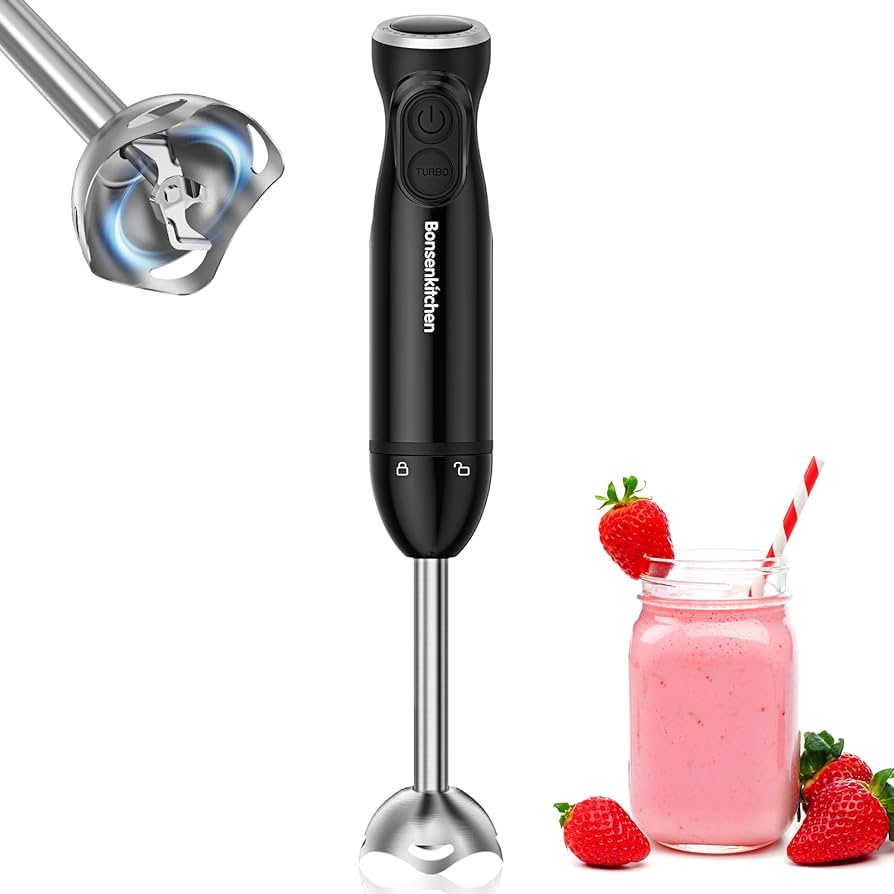
Safety Tips for Making Cranberry Juice
Making cranberry juice in a blender requires certain safety precautions to ensure a smooth and accident-free process. Keep these tips in mind.
Proper Handling of Blades: The blender blades are sharp and can cause injuries if not handled properly. Assemble and disassemble the blender carefully, and always unplug it before cleaning or handling the blades.
Avoid Overfilling: Do not overfill the blender pitcher. Leave some space to allow for expansion and prevent spills. Overfilling can also strain the motor and reduce blending efficiency.
Securing the Lid: Ensure the blender lid is securely in place before turning on the blender. An improperly secured lid can cause the contents to spill during blending, causing a mess and potential burns if the mixture is hot.
Cleaning and Hygiene: Maintain cleanliness throughout the process. Wash your hands, clean the blender, and use sanitized utensils and containers. Proper hygiene prevents contamination and ensures a safe, fresh juice.
Monitoring Blending: Keep an eye on the blending process. If the blender struggles or makes unusual noises, stop and check for any issues. Continuous monitoring helps prevent motor burnout and ensures even blending.
Enhancing and Flavoring Cranberry Juice
Adding extra flavors and enhancements can elevate your homemade cranberry juice, creating a more enjoyable drink. Here are some ideas for flavoring.
Natural Sweeteners: Sweeten your cranberry juice naturally with honey, agave syrup, or maple syrup. These alternatives to refined sugar provide a richer taste and additional health benefits.
Fruits and Berries: Combine cranberries with other fruits for a unique flavor profile. Options like apples, oranges, strawberries, or blueberries blend well with cranberries and add natural sweetness.
Herbs and Spices: Infuse your juice with herbs and spices like mint, basil, or ginger. These additions not only enhance the flavor but also provide additional health benefits and complexity to the drink.
Citrus Zest: Adding the zest of lemons, limes, or oranges can brighten up the cranberry juice with a fresh, tangy note. A small amount goes a long way, so use it sparingly.
Vanilla Extract: A drop or two of vanilla extract adds warmth and depth to the cranberry juice. It pairs well with the tartness of cranberries and balances the overall flavor.
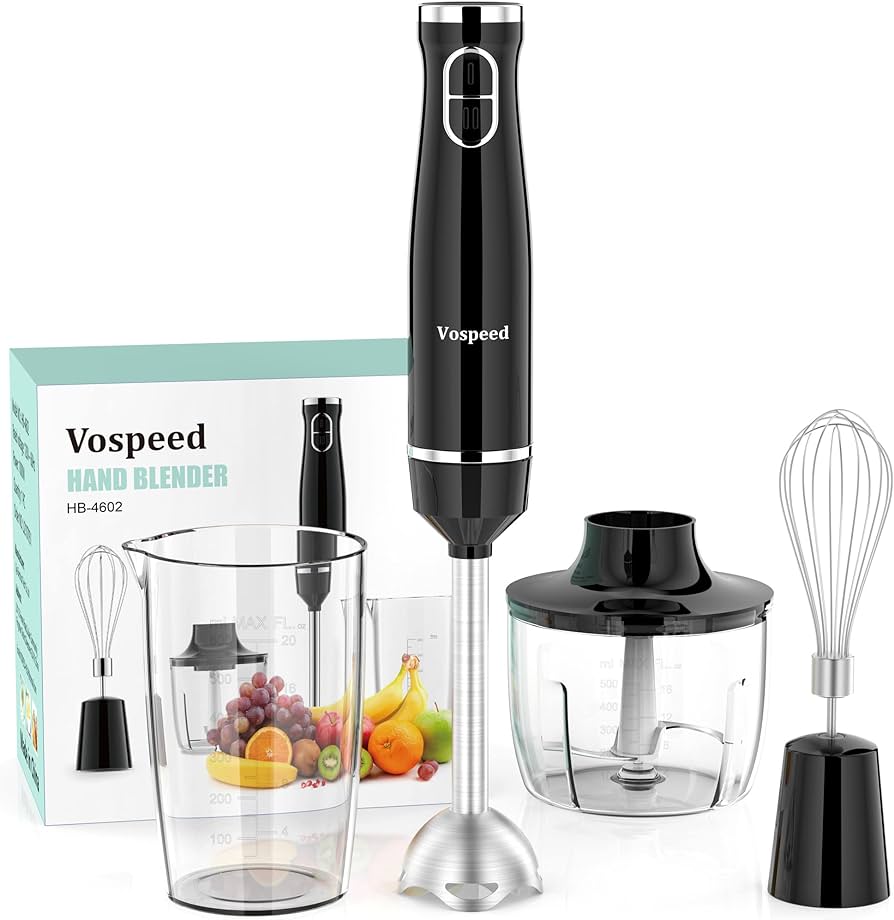
Creative Cranberry Juice Variations
Experimenting with different variations of cranberry juice keeps the drink exciting and tailored to your preferences. Here are a few creative ideas.
Cranberry Apple Juice: Blend cranberries with fresh apples. The sweetness of apples complements the tartness of cranberries, resulting in a balanced and refreshing juice.
Cranberry Citrus Punch: Combine cranberries with orange and lemon juice for a zesty citrus punch. This variation is perfect for a revitalizing drink during warm weather.
Cranberry and Pomegranate Mix: Mix cranberries with pomegranate seeds or juice for a richly flavored and antioxidant-packed beverage.
Cranberry Ginger Juice: Blend fresh ginger with cranberries for a spicy kick. Ginger adds warmth and a health boost to the juice.
Cranberry Mint Cooler: Add fresh mint leaves to the blender for a refreshing minty twist. This variation is invigorating and perfect for a summer day.
Ensuring Consistent Results
Achieving consistent results with your homemade cranberry juice involves a few key practices. Here’s how to ensure every batch turns out just right.
Uniform Cranberry Quality: Use cranberries of similar freshness, size, and quality for each batch. Consistency in the raw ingredients ensures uniform flavor and texture.
Measure Ingredients: Measure the cranberries and water accurately for each batch. Following a standard ratio achieves consistent flavor and strength.
Blending Time: Blend for a consistent duration each time. This helps achieve the same smooth texture for every batch.
Straining Technique: Use the same straining method and tools (strainer, cheesecloth) to ensure uniform juice clarity and pulp content.
Regular Tasting: Taste the juice and adjust flavors consistently. Sweeteners, citrus, or other flavor enhancers should be added in measured amounts for similar results.
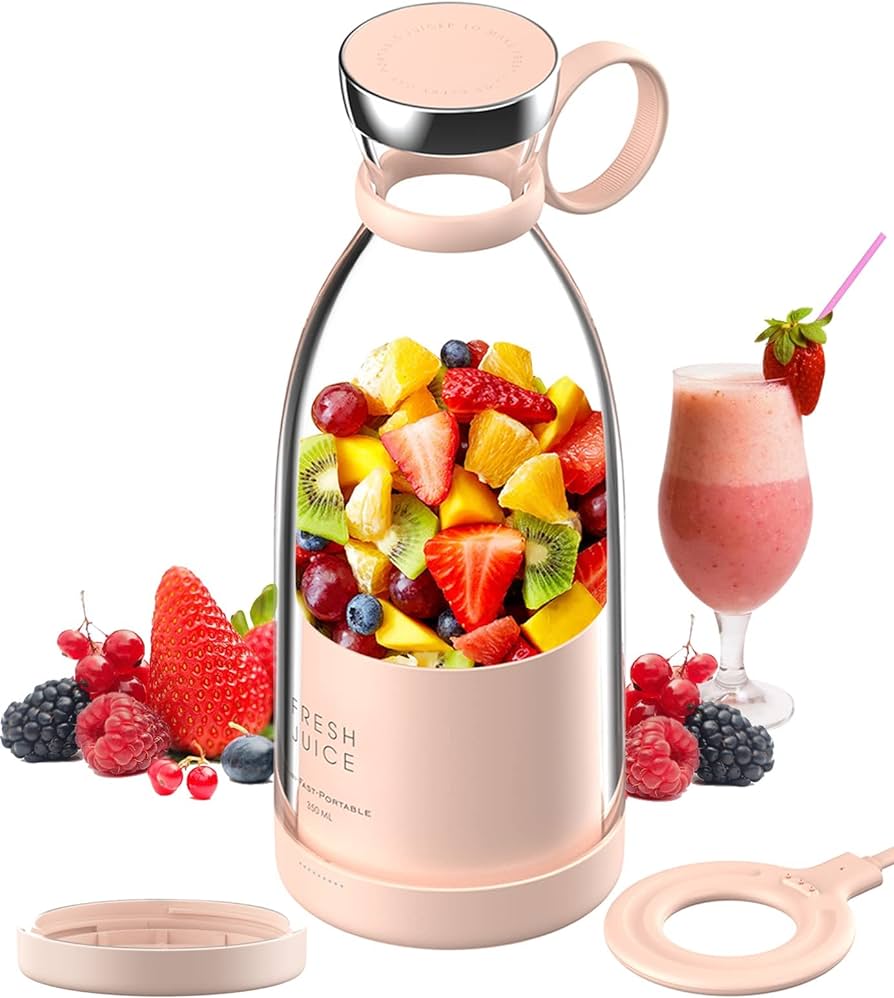
Health Benefits of Cranberry Juice
Incorporating cranberry juice into your diet offers numerous health benefits. Here are some reasons to enjoy your homemade cranberry juice.
Rich in Antioxidants: Cranberries are high in antioxidants, which protect your cells from damage caused by free radicals. Antioxidants support overall health and may reduce the risk of chronic diseases.
Supports Urinary Health: Cranberry juice is known for its role in preventing urinary tract infections (UTIs). Compounds in cranberries, such as proanthocyanidins, inhibit bacteria from adhering to the urinary tract walls.
Boosts Immunity: Cranberries are rich in vitamins C and E, which boost your immune system. Regular consumption of cranberry juice can help your body fight off infections and illnesses.
Promotes Heart Health: Drinking cranberry juice may support heart health by improving cholesterol levels, reducing blood pressure, and promoting healthy blood vessels. Cranberries contain polyphenols, which are beneficial for cardiovascular health.
Improves Digestion: Cranberries’ fiber content aids digestion and promotes a healthy gut. Consuming cranberry juice can help prevent constipation and support a balanced digestive system.
Storing and Serving Cranberry Juice
Proper storage and serving techniques ensure that your homemade cranberry juice remains fresh and enjoyable. Follow these guidelines for optimal results.
Refrigeration: Store the cranberry juice in an airtight container and refrigerate it. Freshly made juice typically lasts about 5-7 days when properly refrigerated.
Stir Before Serving: Cranberry juice may separate upon standing. Stir well before serving to mix any settled pulp or particles and achieve an even consistency.
Ice Cubes: Serve the cranberry juice over ice for a refreshing chilled beverage. Ice cubes also help dilute the juice slightly, balancing its tartness.
Presentation: Use glasses with a rim garnished with sugar or salt for a festive touch. Add a slice of lime or a sprig of mint for an attractive presentation.
Freezing: For longer storage, freeze the juice in ice cube trays and transfer the frozen cubes to freezer-safe bags. Cranberry juice cubes can be added to other drinks or thawed as needed.
Conclusion
Making cranberry juice in a blender is a simple and rewarding process that allows you to enjoy a fresh, nutritious, and customizable beverage. By selecting high-quality cranberries, following the preparation and blending methods, experimenting with flavors, and adhering to safety guidelines, you can create delicious cranberry juice that suits your taste and nutritional preferences. This comprehensive guide equips you with the knowledge and confidence to produce high-quality homemade cranberry juice, enhancing your diet and overall well-being. Enjoy the vibrant taste and numerous health benefits of your freshly made cranberry juice!